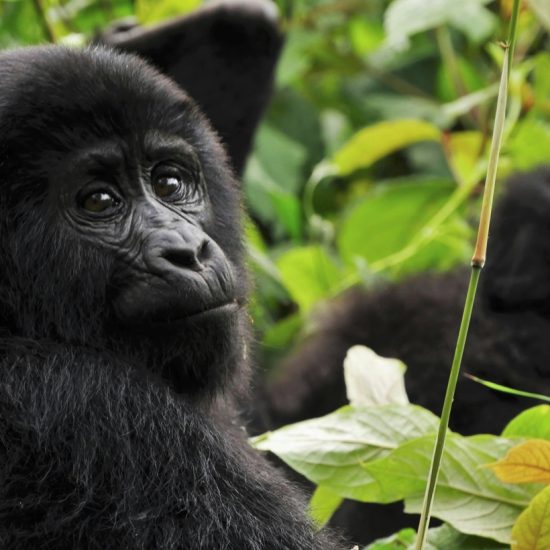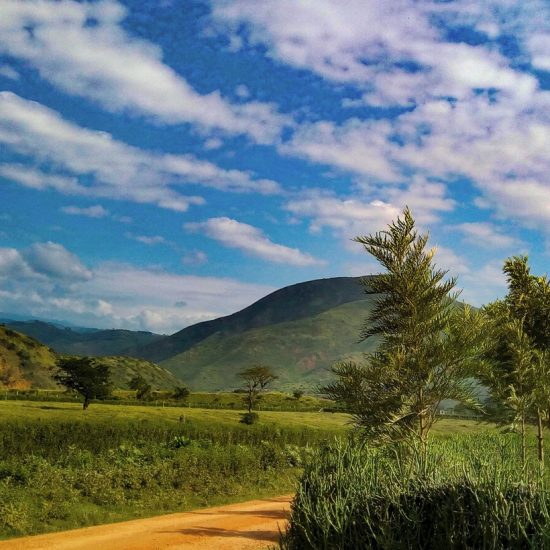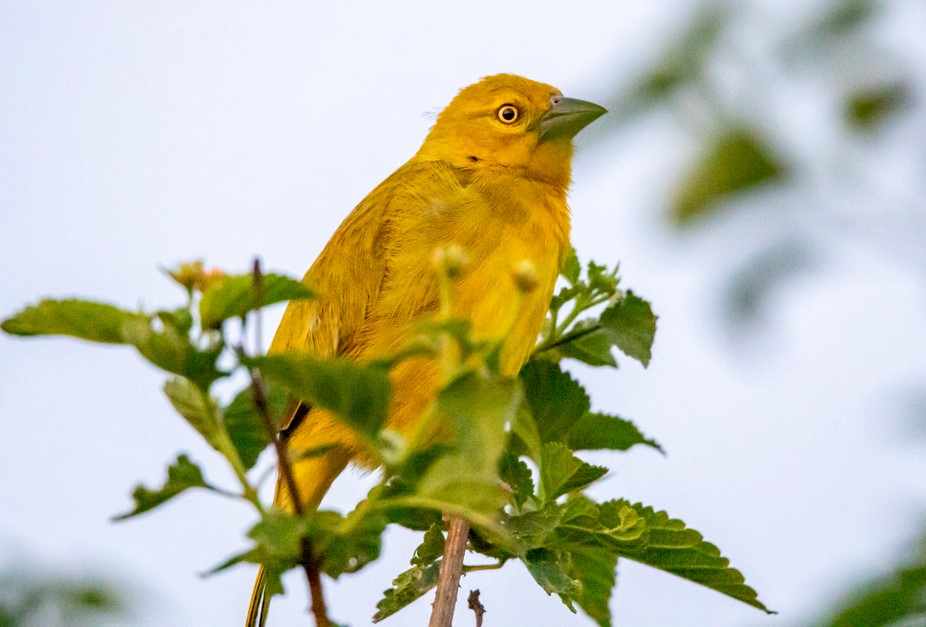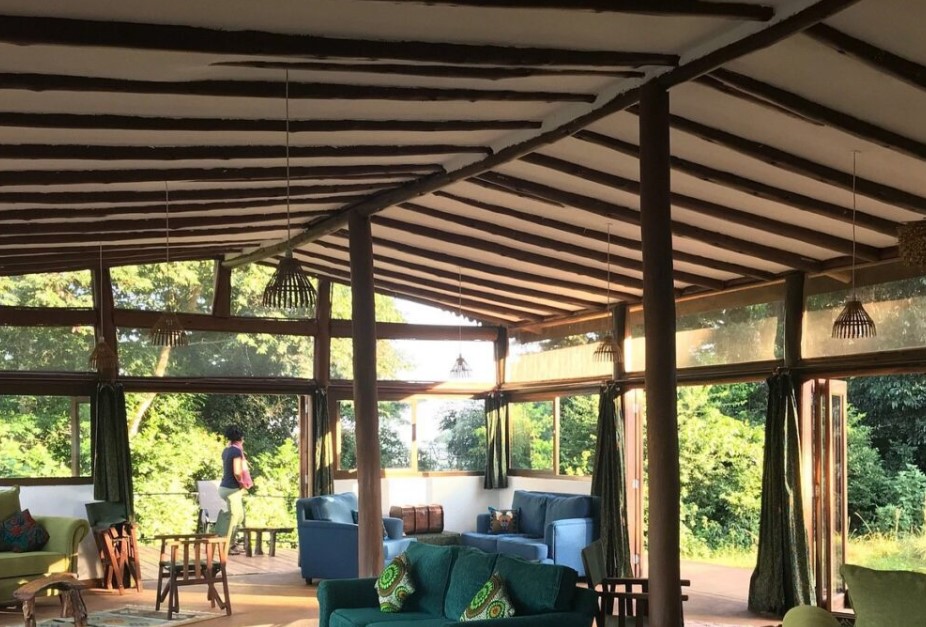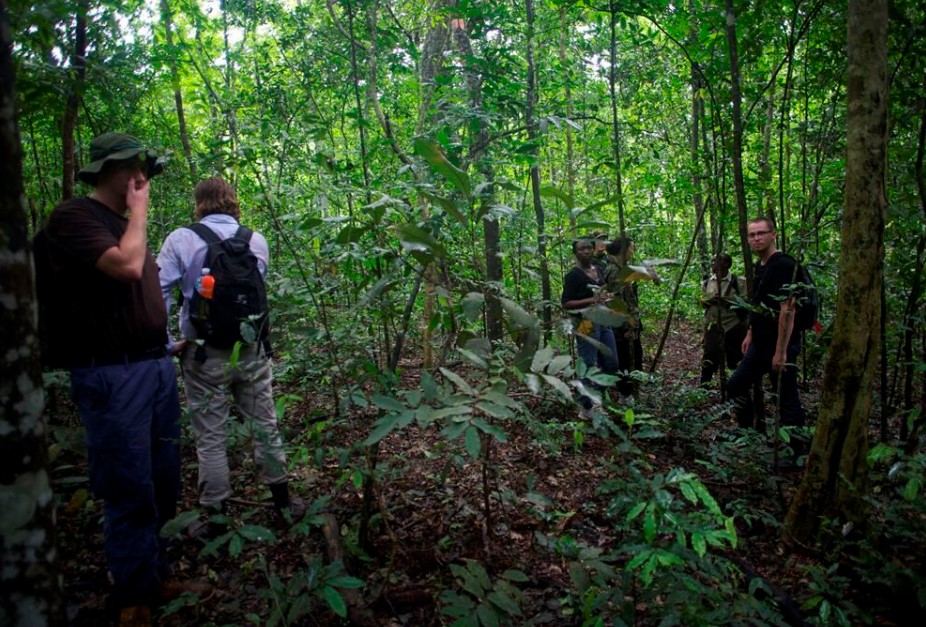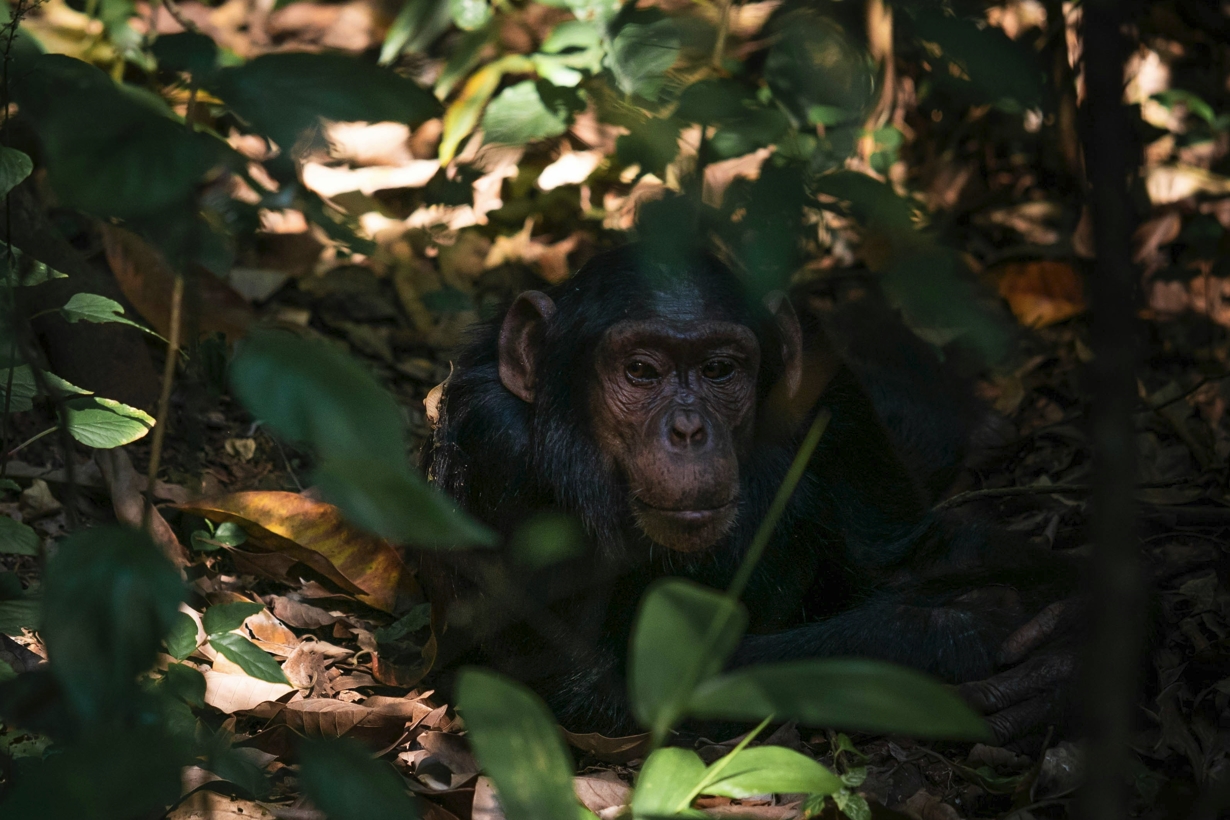
A Guide to Chimpanzee Trekking in Uganda
A Guide to Chimpanzee Trekking in Uganda. Uganda is a remarkable destination for some of the best chimpanzee tracking opportunities in the world, with a population of over 5,600 wild chimpanzees across various locations. Key chimpanzee trekking destinations in Uganda include Kibale Forest National Park, Murchison Falls National Park, and Queen Elizabeth National Park. Kibale Forest is particularly favoured for chimp trekking due to its high chimpanzee population density and frequent sightings. Visitors can also encounter chimps in private forests and sanctuaries like Ngamba Island Chimpanzee Sanctuary and Uganda Wildlife Education Centre. Overall, Uganda offers a rich wildlife experience that combines chimp tracking with diverse safari adventures.
Conservation Strategies
Unfortunately, the chimpanzee population in Africa has declined significantly over the last twenty years, leading to their classification as a critically endangered species. Major threats to their survival include diseases, hunting, injuries from traps, and habitat destruction caused by human activities. Organizations like The Jane Goodall Foundation work to protect remaining chimpanzees and support their conservation.
Chimpanzee trekking
Chimpanzee trekking in Uganda is a popular wildlife experience. Guided by Uganda Wildlife Authority Rangers, small groups of up to eight people explore the chimps’ habitat. During the three-hour hikes, participants spend about one hour observing the chimps from a safe distance of 8 to 10 meters, learning about their beauty, intelligence, and social interactions.
What is chimpanzee habituation- A Guide to Chimpanzee Trekking in Uganda
Chimpanzee habituation offers a deep experience where you can join researchers for half-day or full-day forest excursions. These chimps are less used to human presence, making interactions more surprising. Following them can be challenging, but very rewarding. The main difference between habituation and regular treks is the time spent with the chimps, allowing for a unique connection with our closest animal relatives.
Chimpanzee trekking destinations in Uganda
Kibale National Park in East Africa is the best place to track chimpanzees, hosting about 1,500 chimps, which is 30% of Uganda’s total population. The forest has three habituated communities: one is open to tourists while the other two are for researchers. In addition to chimpanzees, Kibale National Park is home to various primate species such as L’Hoest’s monkeys, red colobus, and baboons, as well as other wildlife like buffalo, elephants, and bush pigs. Birdwatchers can enjoy over 345 bird species, including the African grey parrot and hornbills, especially in the nearby Bigodi Wetlands. Chimpanzee tracking occurs twice daily at 8:00 am and 2:00 pm, with over a 90% chance of sighting a chimp community. Visitors can also participate in a full-day chimpanzee habituation experience.
Permits for chimpanzee tracking cost $250, while habituation permits are $300. These can be obtained by contacting the Uganda Wildlife Authority. Discounts may be available during certain months. Caracal Explorers can help arrange trips and secure permits for visitors.
Budongo Forest Reserve, Murchison Falls National Park
Visitors to Budongo Forest Reserve can experience a variety of activities, including game drives, boat cruises, chimp trekking, hikes to waterfalls, and relaxing at boutique lodges. Budongo is known for chimpanzee tracking, with an 80% chance of sighting them, which is better than some other parks. The lower number of visitors here allows for a more personal experience. Tracking permits can be booked through the National Forestry Authority, and guides provide valuable insights due to the forest’s connection with the Jane Goodall Institute. Typical tracking excursions last about three hours, with contact often made within an hour. For those wanting a more in-depth experience, a full-day habituation option is available.
Budongo Forest spans about 825 square kilometers and is home to over 800 chimpanzees, making it one of the best spots in Uganda for tracking. It is a three-hour drive from Kampala. The forest’s natural mahogany trees provide shelter for the chimps and other primates. Around 100 habituated chimpanzees can be tracked at Kaniyo Pabibi. Tracking sessions start at 7 am and 2 pm. The best time for tracking is between May and August. During the dry season, the chimps move deeper into the forest, making them harder to spot. Chimpanzee trekking in Budongo can be combined with a wildlife safari at Murchison Falls National Park, and permits cost $130.
Kyambura Gorge- A Guide to Chimpanzee Trekking in Uganda
Kyambura Gorge is a popular chimpanzee trekking spot located in Queen Elizabeth National Park, Uganda. Known as ‘the valley of the apes,’ this gorge has been shaped by centuries of erosion from the Kyambura River and is covered in dense forest, providing a perfect habitat for chimpanzees. There are only 17 chimps in the gorge, with about a 60% chance of seeing them during a visit. An experienced Ugandan Wildlife Authority guide can enhance the experience, leading visitors into this unique forest.
Kyambura Gorge is often visited as part of a safari in Queen Elizabeth National Park, which is rich in biodiversity. Visitors can also enjoy game drives, boat cruises, and see tree-climbing lions in the Ishasha Sector. The gorge itself is 16km long and about 100 meters deep, and is home to many other primates such as baboons and various monkey species.
Tracking chimpanzees in Kyambura Gorge offers visitors a chance to combine this activity with birding, game drives, and gorilla tracking at nearby Bwindi Impenetrable National Park. The gorge hosts several bird species, including the blue-headed bee-eater. However, the chances of spotting chimpanzees are lower here than in places like Kibale National Park or Kalinzu, as they often move deeper into the forest. A chimpanzee tracking permit costs $80.
Semiliki Wildlife Reserve
In the Semliki Valley of western Uganda, there is a small population of about 260 chimpanzees living in three communities. Finding them is difficult due to their need to travel far for food in the dry and sparse forest. A cutting-edge research program is studying how the evolution of humans is connected to the chimps’ ability to walk on two legs.
Ngamba Island
A chimp sanctuary for rescued chimps was set up on a small island in Lake Victoria, where over 40 chimpanzees are cared for. Standard chimp tracking is not done here. The chimps are fed three times a day, and visitors, including families with kids, can watch them from a safe platform. The Uganda Wildlife Education Center, formerly Entebbe Zoo, was created in 1952 to help injured and orphaned animals. About 40 chimps are also visible in enclosures for tourists.
Kalinzu- A Guide to Chimpanzee Trekking in Uganda
Kalinzu Forest is a top spot for tracking chimpanzees in Uganda, second only to Kibale. While many visitors go to Kyambura Gorge in Queen Elizabeth National Park, Kalinzu offers a higher chance of seeing chimps, with over 90% likelihood due to the high number of chimps in a small area. The forest is home to about 290 chimps, with more than 70 habituated. Visitors can also see over 410 bird species, butterflies, and other wildlife along the four guided trails. Chimpanzee trekking here costs $50, lower than at Kibale, and is managed by the Uganda Ministry of Forestry. The minimum age for tracking is 12 years. However, a downside is that there is limited accommodation in the forest, requiring visitors to return to nearby lodgings.
In conclusion, Uganda is one of the top wildlife destinations in Africa famous for primate safaris particularly Gorilla trekking and Chimpanzee trekking where Kibale Forest National Park stands out as Africa’s top chimpanzee trekking destination with several unique primate species such as Chimpanzees, red-colobus monkeys, red-tailed, l’hoest monkeys, blue monkeys, black and white colobus monkeys and many others. Once the park rules are followed, visitors have a higher chance of enjoying unforgettable primate adventure experiences when seeing these creatures in their natural habitats.



